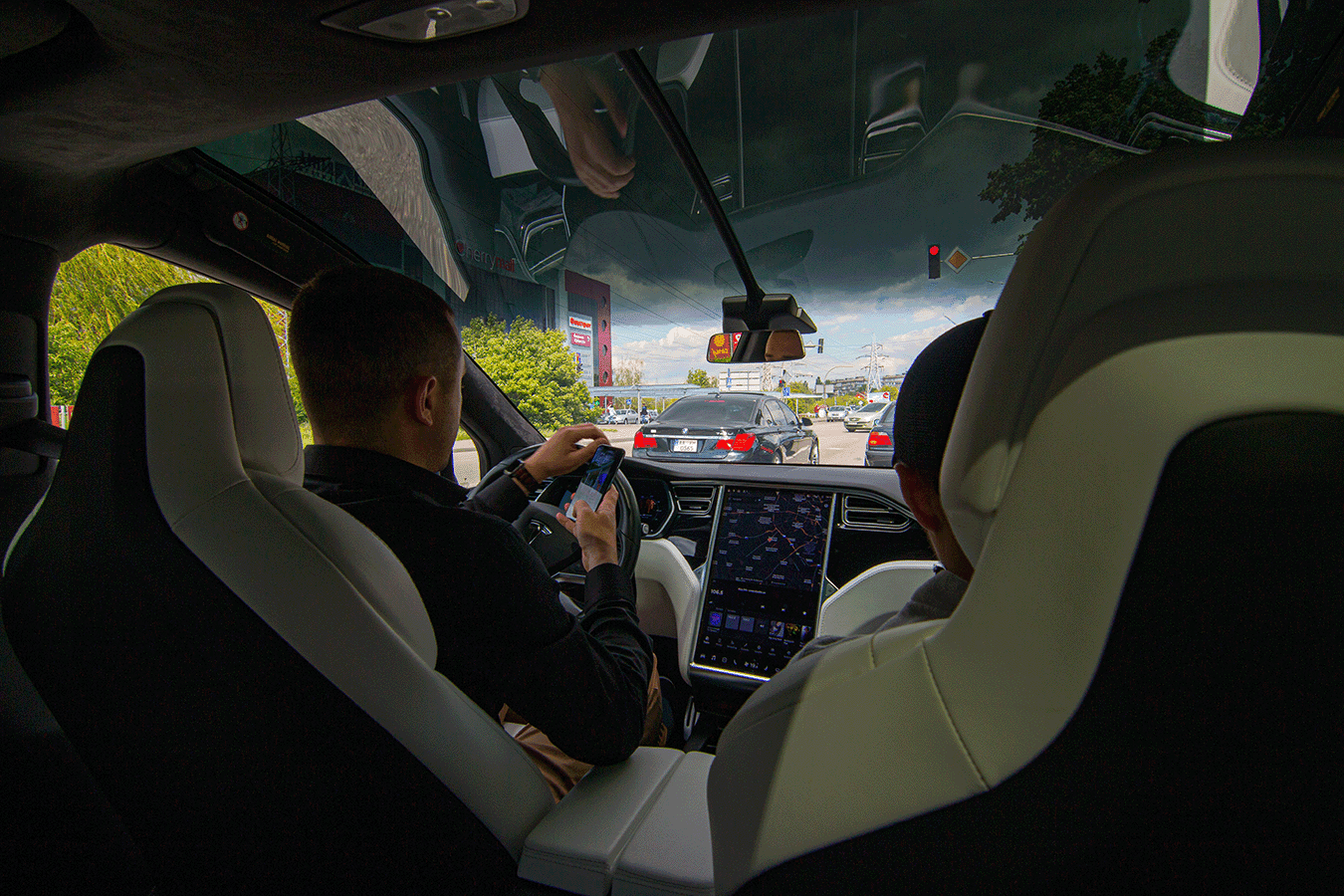The future of automobiles is poised to be nothing short of extraordinary, with driverless technology, electric batteries, and regenerative braking at the forefront of innovation. Yet, beyond the mechanical marvels, the driving experience of tomorrow hinges on personalised, seamless user interactions and the flexibility surrounding car connectivity decisions. As consumers raise their expectations for efficient in-vehicle connectivity, security, and privacy, it remains paramount that the safety of drivers takes centre stage in this technological evolution.
As an increasing number of car functions transition to electronic management, and a plethora of data is transmitted from various sensors within the vehicle, automakers find themselves navigating a complex terrain. They must ensure that connected cars remain well-protected, meet stringent regulatory requirements, and possess the necessary bandwidth to support the myriad of services now available to drivers. Striking the right balance is crucial to efficiently control millions of connected cars while exceeding driver expectations.
